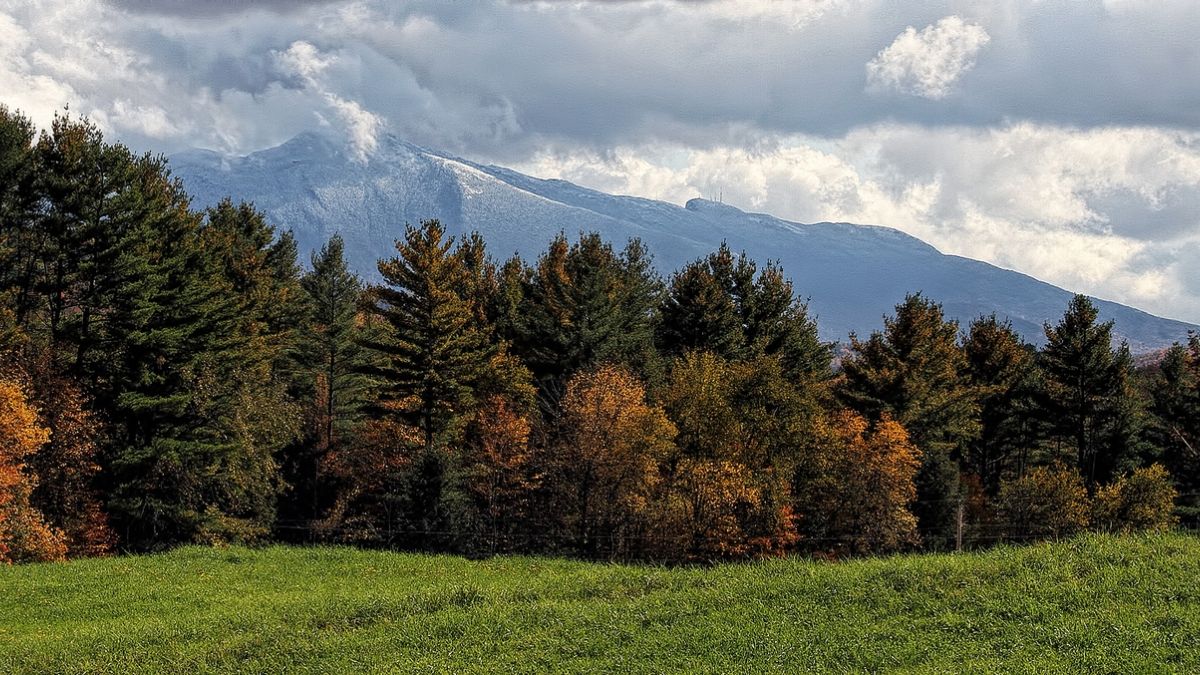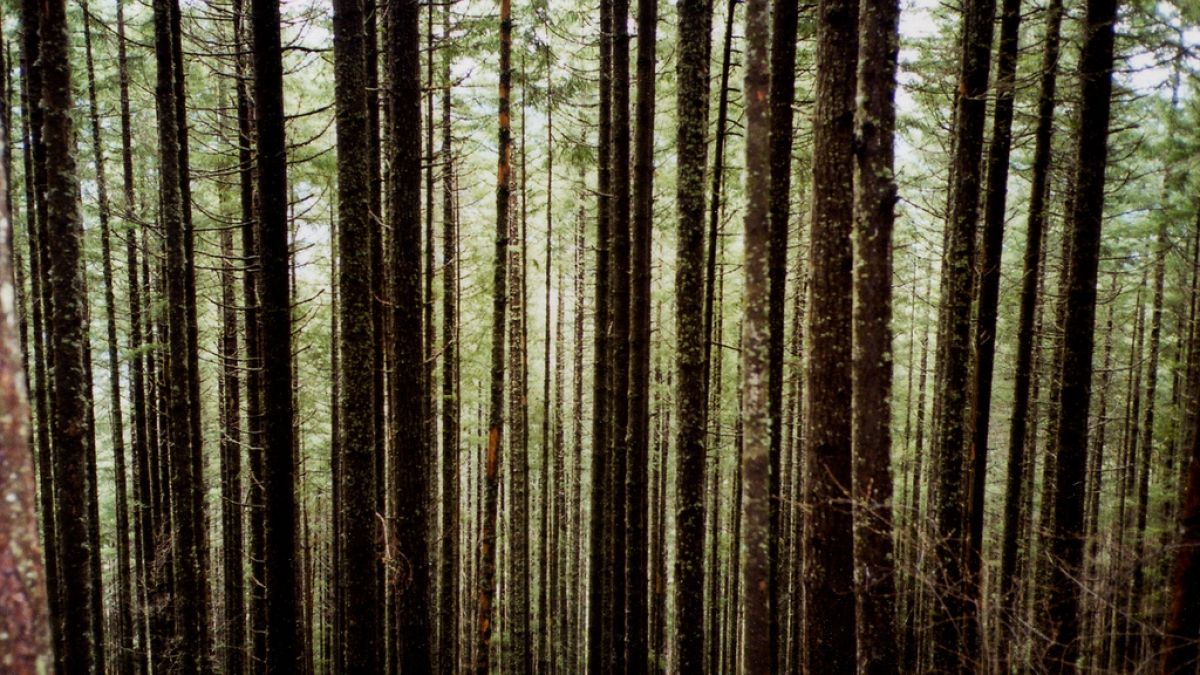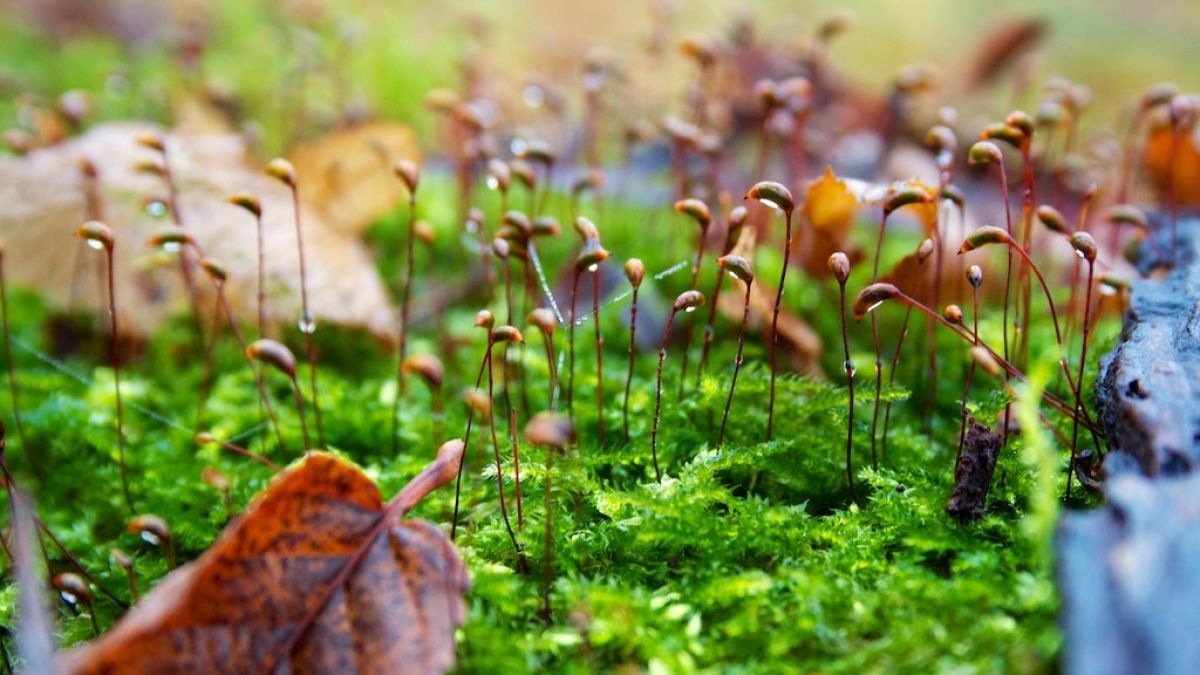
It’s still amazing to me that my path has brought me to where I am today. Only a few years ago I was just getting started as the co-director of something that was, until recently a relatively new phenomenon in the United States—the outdoor preschool. Back then, I wasn’t certain whether our school would even make it through the year, much less grow to where it is today. So, it is hard to believe that I have been given the privilege of addressing a group of educators whom I so deeply admire and respect – some of the bravest, most committed people I know.
It is safe to say that nature preschool teachers are learners first and foremost. Our thirst for knowledge is as boundless as the environment in which we work. More than seeking to simply memorize facts and impart information, we ask questions, we wonder, we observe. And what we learn, what we develop in spending as much time as we do with children and with the earth, is a deep and meaningful connection to place. Our sense of place is the wellspring of our identity as individuals and as teachers. It sets us in time and in the world, and provides us with a foundation upon which to grow. Nature-based education is, by definition, place-based education. And no matter where we are, when we enter into a classroom, we bring our place, and the history of that place, with us.
The threads of history, our roots, or what [Muckleshoot Indian Tribe Oral Historian] Warren King George calls our cultural rhizomes, weave a rich tapestry which binds us and connects us to place and to each other. It gives us a sense of where we are and how things ended up the way that they are at this moment. Place is the thread that connects the teacher I am today to all that I have been and to everything that has made me who I am. From where I am now, at a forest school in Seattle, to my childhood in the mountains of Vermont, to the place where I was born and where my parents were born, to the migration of my ancestors across the Atlantic during the years of the potato famine, to the home they left in the green hills of Ireland. This thread, this rhizome connects me to a far larger tapestry of which we are all a part.

Image credit: Szoki Adams (CC BY-NC-ND 2.0)
The desire to connect to place is a part of what makes nature preschool unique in modern education. The more we learn about the place we are in, the more we realize how much there is to know, the smaller we understand ourselves to be, and the more we value our connection to place and to each other. In Seattle, there are many different cultural rhizomes running through place. There are those of European settlers, running back 150 years to the time of the Point Elliot Treaty, which dictated the ceding of Seattle to the US Government, and there are the rhizomes of the first people that run back not a hundred years or a thousand years, but ten thousand years. Therefore, having a nature preschool in Seattle, means acknowledging the history of this land and the villages that once stood in place of our classrooms. We acknowledge that the earth we walk upon at school is the ancestral home of the Muckleshoot people and we honor their connection and hereditary rights to the land.
I am very passionate about what I do, and it is easy for me to get caught up in sharing stories about the exciting “new” trend of outdoor preschool. Recently, I had the good fortune of speaking with Warren King George about my work and the conference, and he shared with me an story that stopped me in my tracks. Warren explained how Mother Nature provided his classroom too as a child, and how he learned from teaching stations that were in fact the rivers, and the beaches, and the lakeshores, and the mountaintops of this land. At a young age, Warren was taught the lesson of the trees, the way in which there are many kinds of trees that live so close to one another that their branches and their roots grow and intertwine together. He was taught that although these trees are remarkably different – some go to sleep in the winter and others are awake all year round, some grow tall and some shed their leaves – all of them live in harmony among each other. He learned that these trees are the most powerful teacher that nature provides. That they provide us with everything from the air for our lungs and food for our bellies to heat and clothing to keep us warm. We walk under their leaves and sit under their shade and do nothing for them in return, yet they continue to provide for us. Warren taught me that as a child he learned, just as his ancestors had learned for thousands of years, to pay attention to the tree people, to embrace what they have to share, and to encourage others to do the same.

Image credit: Ryan Dickey (CC BY 2.0)
When I was a child, I felt overcome by the immensity of the stars, and my smallness in relation to them. Now, many years later, I am overcome by the immensity of the history of this place and of the lessons that were taught here for generations and the ones that are taught here today. Lessons that existed long before I ever thought to hold a preschool in the forest. Lessons that go back all the way to the time of the last ice age. It is humbling, to say the least. But that humility is a great asset when it comes to teaching. It is a necessary quality of any teacher who intends to set themselves to the task of embracing the many rhizomes and the cultural and historical places that make up our classrooms.
We are all propelled, to some degree, by an instinctive understanding that nature is the ultimate teacher. She is dynamic, diverse, and beyond our control; providing our children with endless opportunities for learning and growth. Just like the trees, she asks nothing of us in return, and continues to give. Anyone who has watched a student discover the hidden world in a patch of moss, or call back to a barred owl, or help a friend to navigate across a downed log, knows just how important and meaningful this experience can be. It’s why we spend our nights, and our weekends, at the office, or the kitchen table, learning new things and dreaming up new curricula. It’s why we head out into the rain, and the snow, and the mud, instead of sticking to the relative warmth and security of a classroom.
Nature preschool teachers are willing to go further and work harder, to commit time and energy, and to trust in an experience that is increasingly lost in our society. When everyone else has called it a day and gone inside, we are still out there, crouched down in the earth, counting pillbugs with our students.

Image credit: Wesley Lelieveld (CC BY-NC-ND 2.0)
And it’s a good thing, too, because deep in our hearts, we all know that there is more work to be done. In the forest, the diversity of an ecosystem is a measure of its health. Biodiversity is a requirement for balance in the systems underlying all living things. Yet our classrooms don’t reflect the diversity that we rely upon in our outdoor spaces. Despite understanding better than anyone that the magic and wonder of the forest is something that all children deserve access to, nature based preschool has, so far, been limited to a select population. If we want to change this we are going to have to be ready to put in the hard work, and the critical self-reflection, that this change requires. We can begin by striving to understand where we are now and what cultural rhizomes underlie our place. We must strive to be humble as we explore the question of who we are and where we want to be.
And I think that where we want to be doesn’t end at the bounds of our classroom, or the edge of the forest. It continues into the homes of the families we serve, into their language and traditions, their experiences and surroundings, as well as the resources they can access. When we welcome a child into our classroom, there is a whole world that comes with them, and to choose to focus only on the experiences we have together is to limit the impact those experiences will have. If we truly want to make nature-based education meaningful and accessible for all children and families, we must strive to approach education in the context of not just the class, or the forest, but the place, this entire remarkable world of which we are all a part.
About the Author
Kit Harrington is Director and Founder of Fiddleheads Forest School at the University of Washington Botanic Gardens. The above is an edited version of the opening remarks she offered at the 2017 Nature-Based Preschool Conference in her capacity as Conference Chair. She also provides the following list of culturally responsive teaching resources she has found useful in her work.
- Becoming a culturally responsive early childhood educator: A tool to support reflection by teachers embarking on the anti-bias journey (PDF)
- Multiculturalism's five dimensions (PDF)
- Multicultural education and culturally responsive teaching (Video interview with Drs. Geneva Gay and Valerie Kinloch)
- Three Circles - An international network for multicultural environmental education
- Implicit Bias Test - Project Implicit, Harvard University
- The genesis of environmental justice (Video excerpt from "A fierce green fire: A history of the environmental movement")
- Antibias education for young children and ourselves
- Cultivating the genius of Black children: Strategies to close the achievement gap in the early years
- Learning gardens and sustainability education: Bringing life to schools and schools to life
- What does it mean to be White? Developing White racial literacy